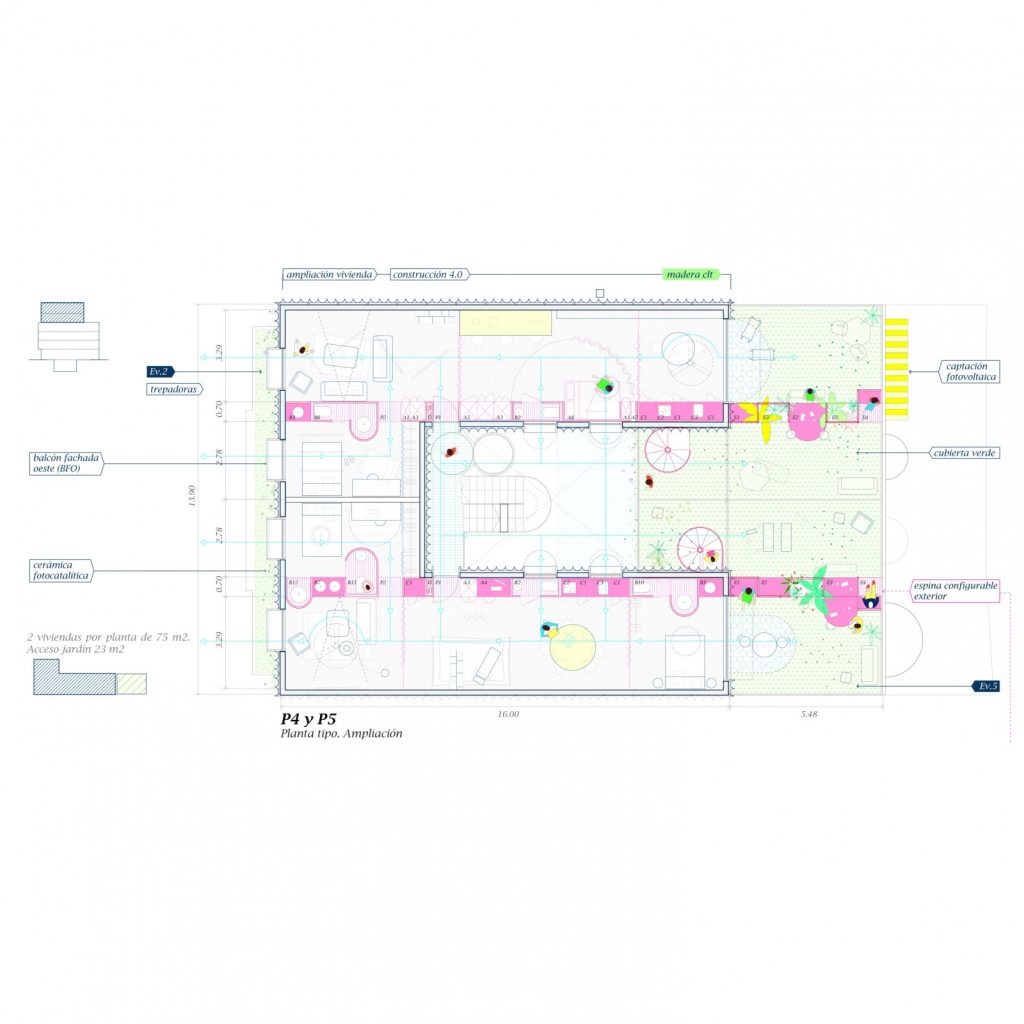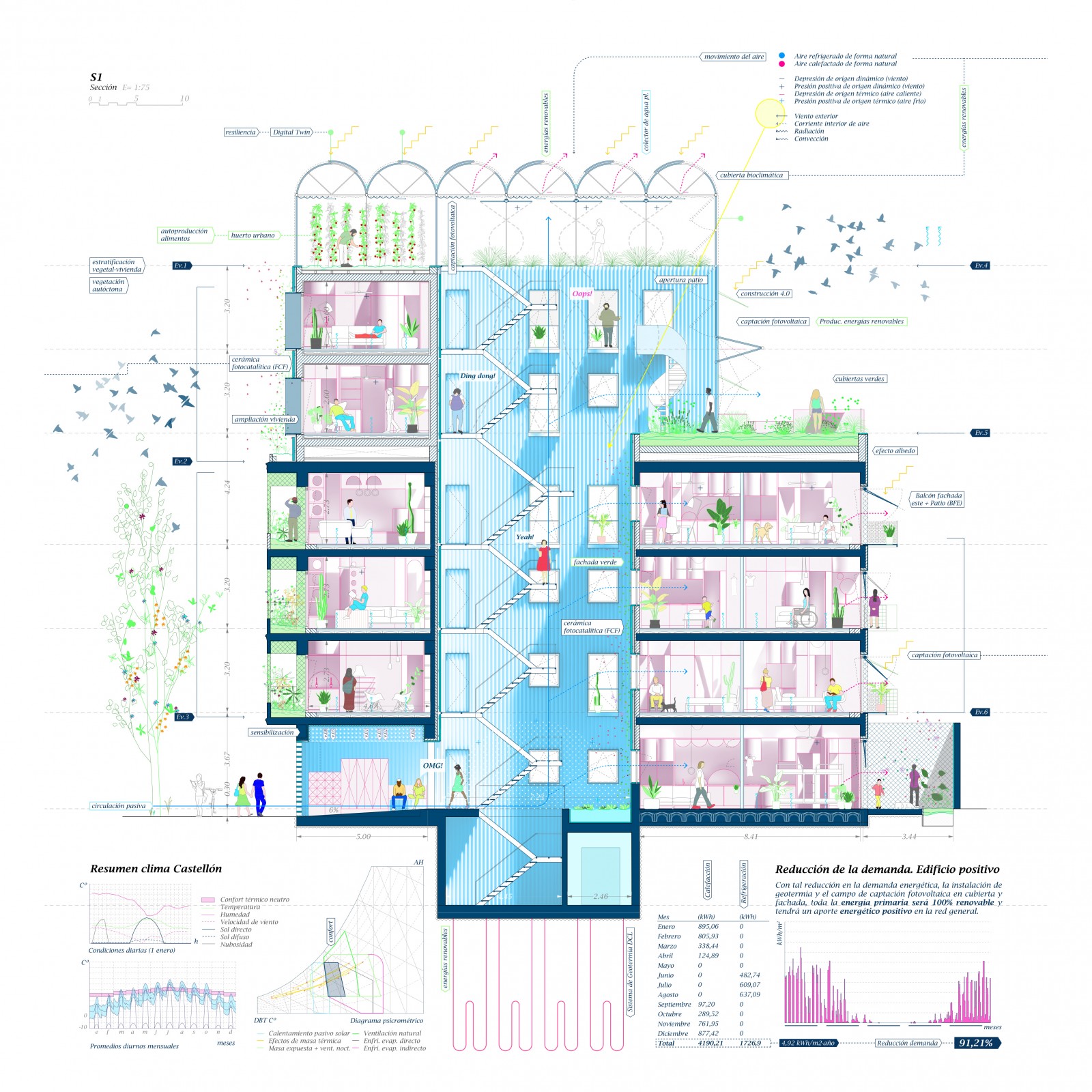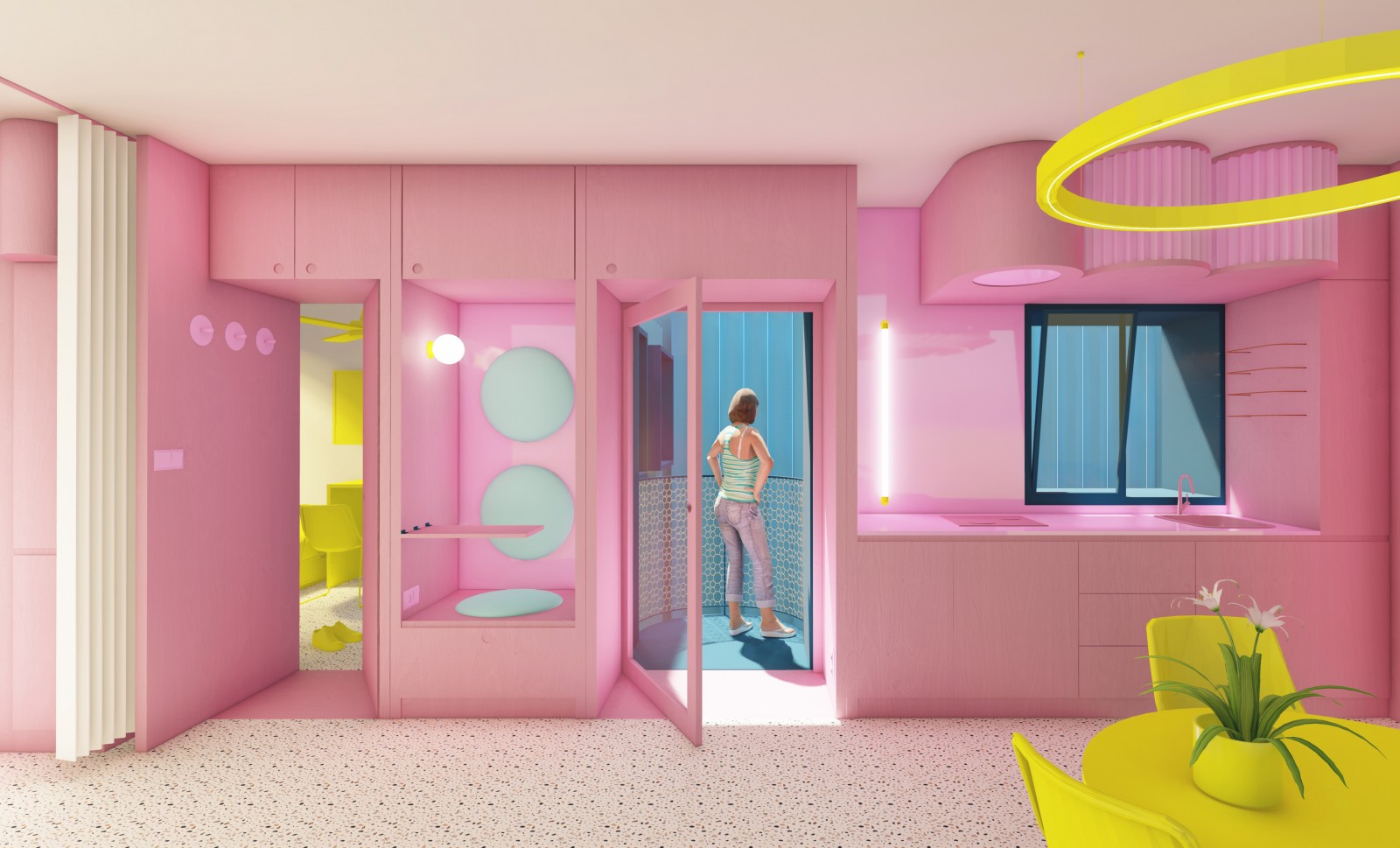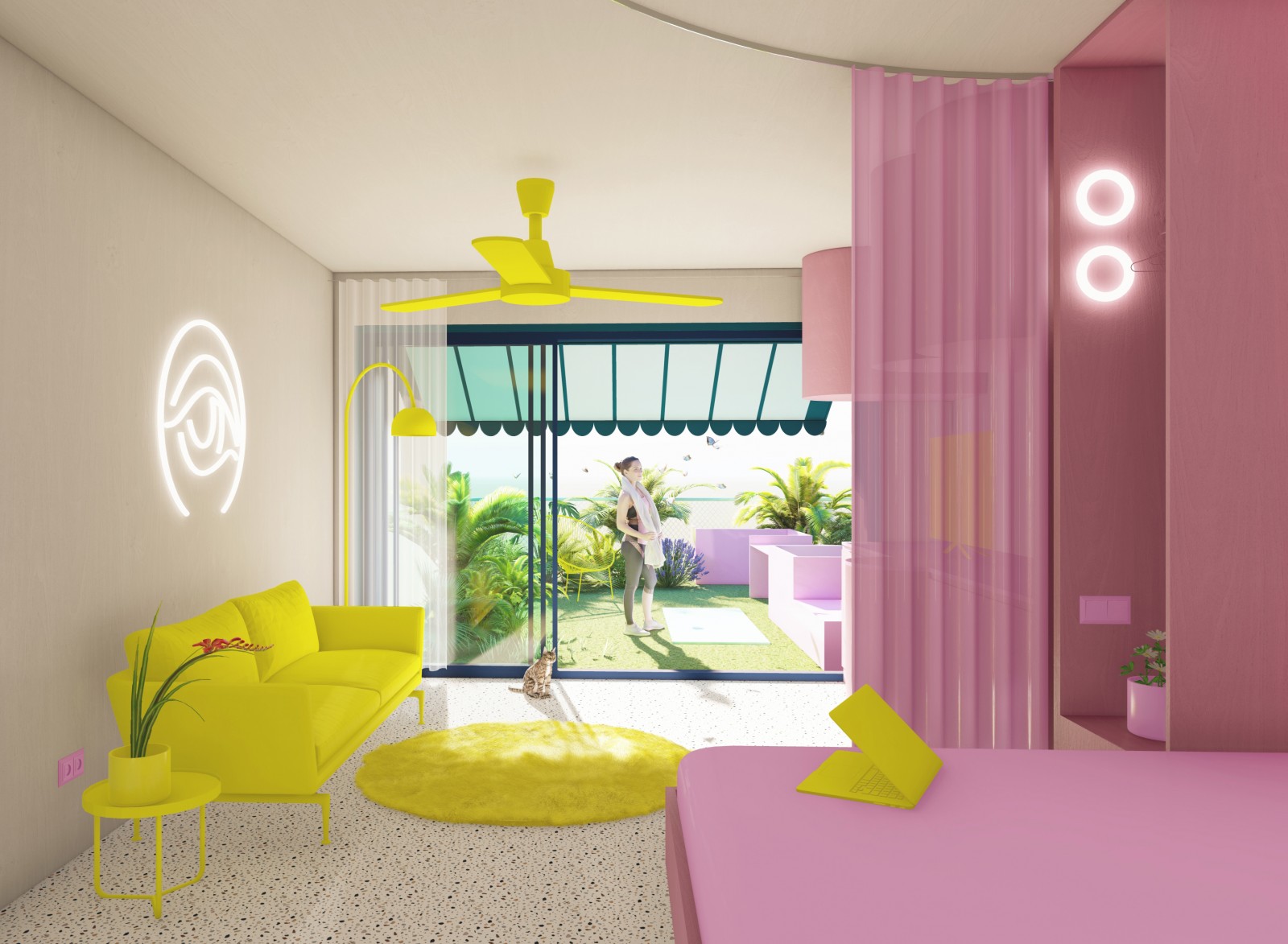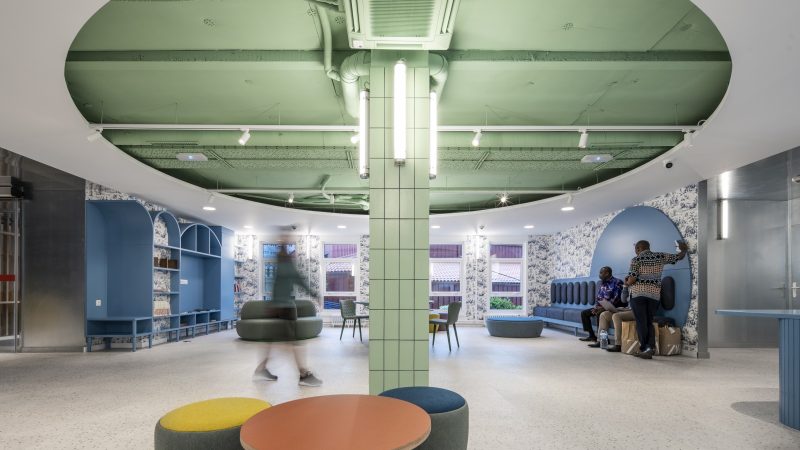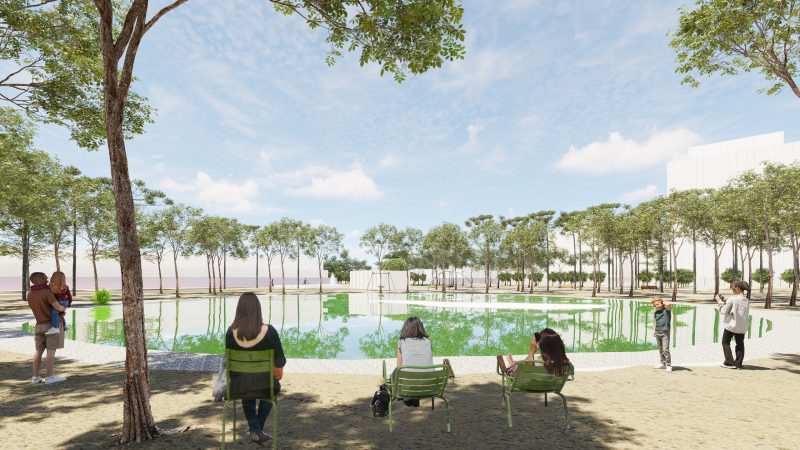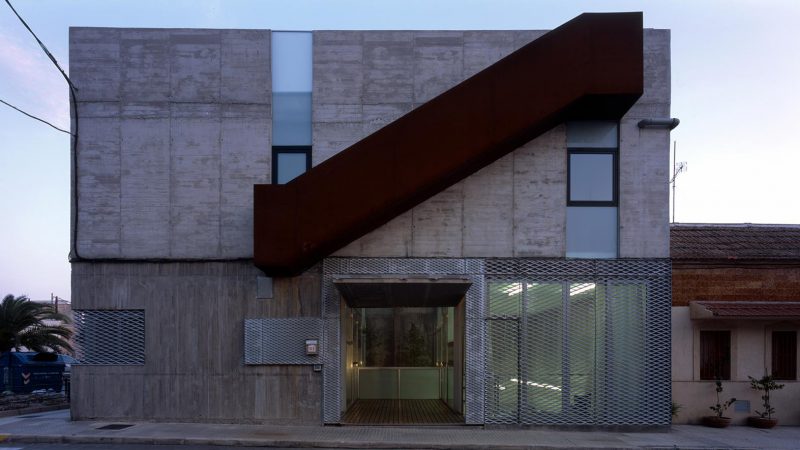For the project of Un Buen Hogar, the objective is not simply to reduce the adverse ecological impacts of construction processes, but to move towards an architecture that positively affects its surroundings. Recycling is one architectural strategy by which the above is achieved – to recover material that has already been used and to transform it into material for construction. In addition, rehabilitation is opted for to avoid the construction of new structures or buildings. In this manner, unique architectural features of towns and cities are also maintained.
Through the project – carried out on a residential building located in Av. Capuchinos – guidelines, strategies and actions that could be replicated in future projects were established and carried out. In this manner, the project serves as a model for future interventions that are ecologically conscious. As an experimental project, different architectural strategies that improve on the existing structure are tested whilst alternative ways of living are explored. Two overarching strategies of the project include: the fine-tuning and optimization of the existing architecture; and the extension of the building using ecologically sensitive construction methods – bioconstruction and construction 4.0.
These strategies work together within a circular system that prioritises the use and reuse of materials that are available, whilst incorporating further material that is situated within the same region of the intervention.
1. Optimisation – Rehabilitation
The existing building is adapted into a resilient bio-habitat. The openings and patio on the eastern facade are modified to allow for more natural light to fill the interior and to optimize ventilation. Moreover, the glass walls on the main facade are set back and aligned along a row of columns – this allows for the interior spaces to be covered from direct sunlight whilst the outer space along the facade is transformed into a garden. The latter results in a number of ecological benefits in terms of biophilia and climate control (shading and evaporation).
2. Activation – Extension
The new volume that is introduced atop the existing building includes an accessible vertical connection that links the different levels of the building with the street below. Infrastructurally, the structure is activated energetically through a bioclimatic enclosure that regulates movement of air, entry of natural light and photovoltaic capacity. Elements used consist of UPV timber elements that are connected by means of joinery that allows for rapid assembly and disassembly of the whole. Moreover, the whole volume is covered with a ceramic ventilated facade that draws from the traditions of Castellón – this contains photocatalytic properties that clean the air of pollutants. The roofs are also complemented with vegetation that increases biodiversity, improves thermal and acoustic insulation, and reduces the heat island effect. Moreover, it serves as a space that allows for connections and interactions between the different residents of the building.





